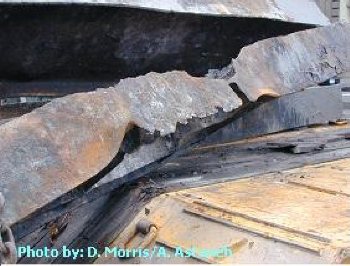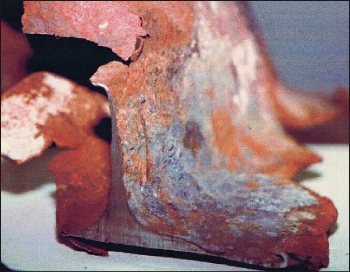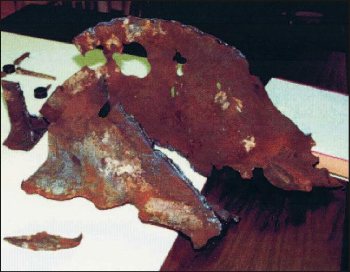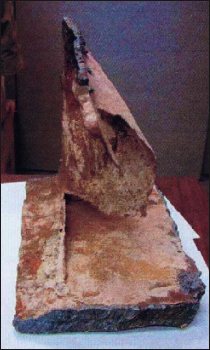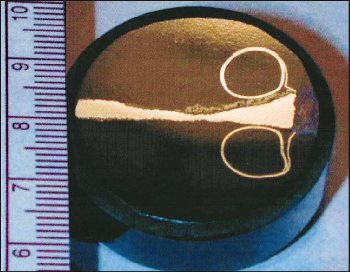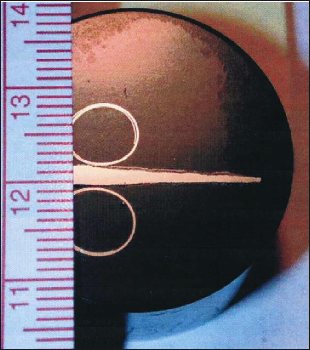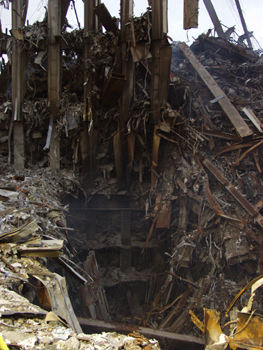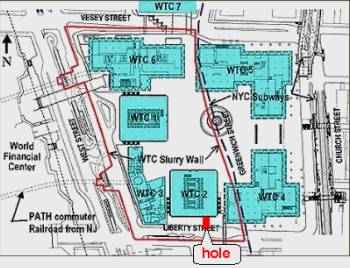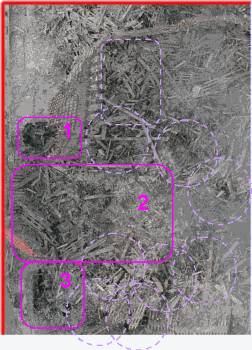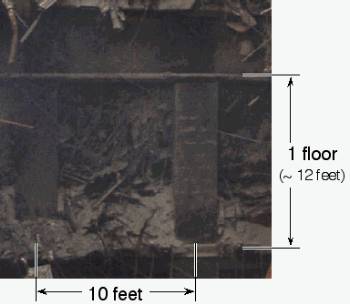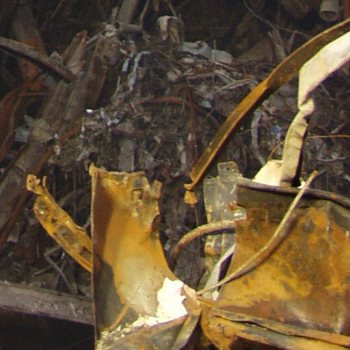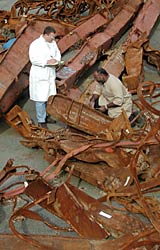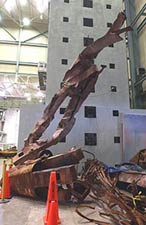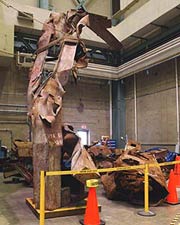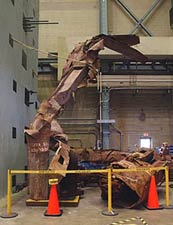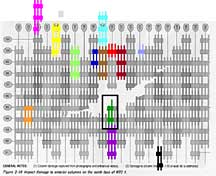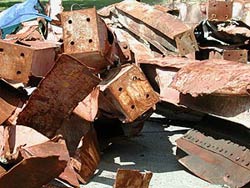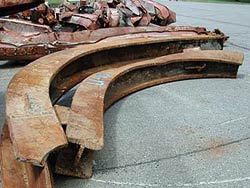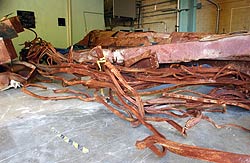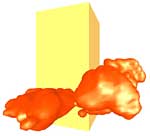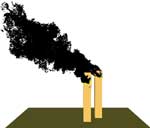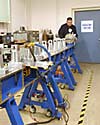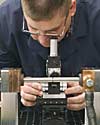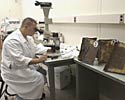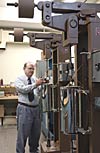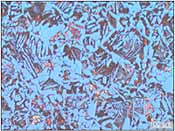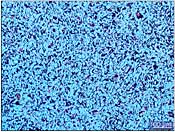Top
|
NIST Image Gallery Top
NIST Image Gallery
|
||||||||||||||||||||||||||||||||||||||||||||||
| Figure 9. NIST research staff inventory steel recovered from the collapsed World Trade Center buildings. For information on the progress report on the NIST WTC investigation, read more. |
|
Figure 10. Column recovered from site of plane impact on World Trade Center North Tower (WTC 1). Click on images for higher-resolution versions. |
||
|
Figure 11. Map of north face of WTC north tower (WTC 1) showing location (boxed area) of column at site of plane impact (click on image for higher resolution version). |
|
Figure 12. Connections (click on image for higher-resolution version) |
Figure 13. Other columns from a World Trade Center tower (exact location undetermined). Click on image for higher-resolution version. | Figure 14. Truss that held flooring together in a World Trade Center tower (exact location undetermined). Click on image for higher-resolution version. |
|
Top |
||
|
Figure 15. A computer simulation of the WTC South Tower (2 WTC) fireball seconds after impact of the plane. |
Figure 16. A computer simulation showing the combining of the smoke plumes generated from the fires in the upper stories of WTC North and South Towers (1 WTC and 2 WTC). | Figure 17. A computer simulation showing the smoke plume generated by the fire in the WTC North Tower (1 WTC). |
Top
| Metallurgy of World Trade Center Steel (click on images for higher-resolution versions) |
||||
| Figure 18. Researcher Mike Kennedy fires the air gun on NIST's Kolsky Bar Tester. This device measures the mechanical behavior of steel from the World Trade Center under stresses similar to those that resulted from the aircraft impact with the buildings. | Figure 19. NIST researcher Mike Kennedy aligns a high-speed temperature sensor on a Kolsky bar apparatus used to measure the mechanical behavior of steel. The test sample from recovered World Trade Center steel is just visible between the two bars in the center of the picture. At high rates of deformation, heat is generated. About every millionth of a second, this instrument measures changes in the average temperature across an entire sample. | Figure 20. NIST researcher Bill Luecke checks the calibration of a contact extensometer used in the high-temperature mechanical testing system pictured here to assess (at temperatures from room temperature to well over 1,000 degrees Celsius) the strength and ductility of the steel used to build the World Trade Center. | Figure 21. NIST researcher Steve Banovic uses an optical microscope to examine the microstructure of steel from the World Trade Center. This information will help identify the type and quality of steel used. Pieces from actual WTC beams are visible on the right. | Figure 22. NIST researcher Richard Fields adjusts a dial gauge on one of several creep testers that will be used to evaluate the high-temperature, time-dependent mechanical behavior of the steel used to construct the World Trade Center. |
Top
|
Microanalysis of Recovered World Trade Center Steel
|
|
|
Figure 23. Extreme heat and subsequent cooling can affect the microstructure of steel as seen in these two photographs (at left, steel heated to 300 degrees Celsius and at right, steel heated to 800 degrees Celsius). NIST researchers will analyze the microstructure of recovered World Trade Center steel to determine the impact of the fire in various locations. The photographs above are not of World Trade Center steel. |
|
